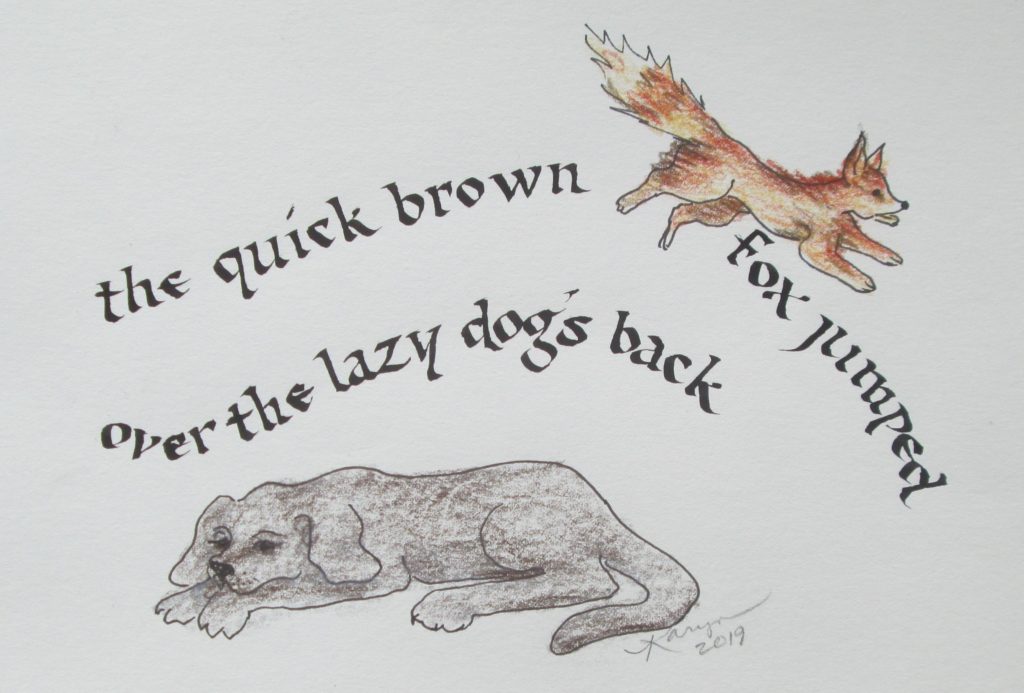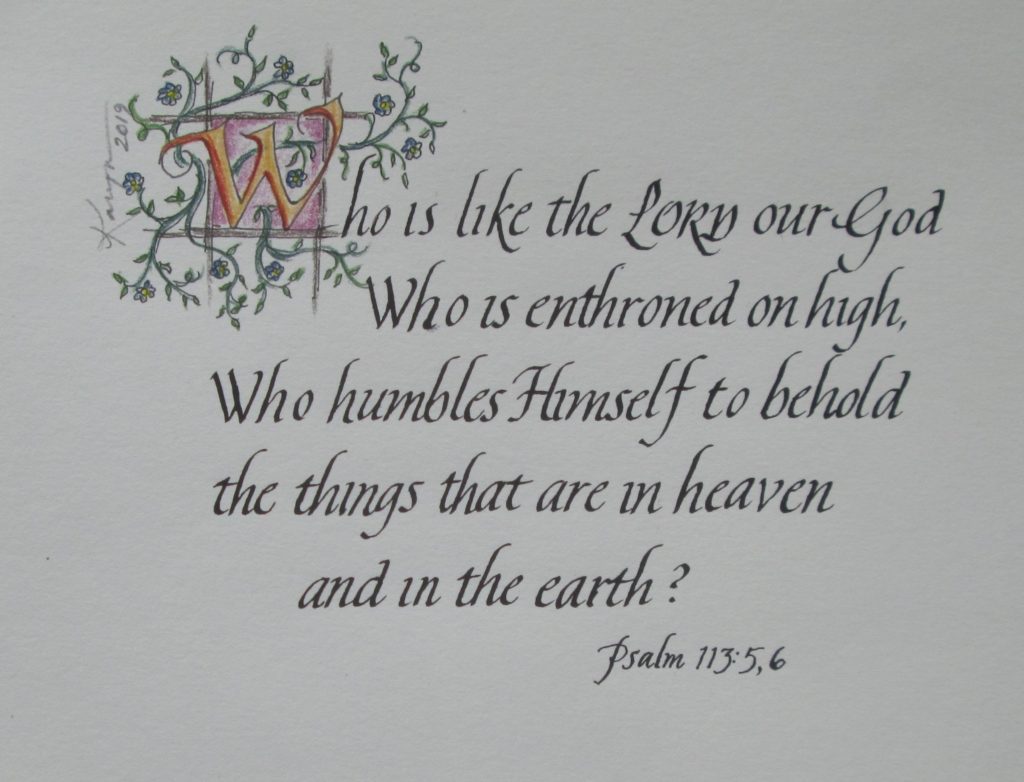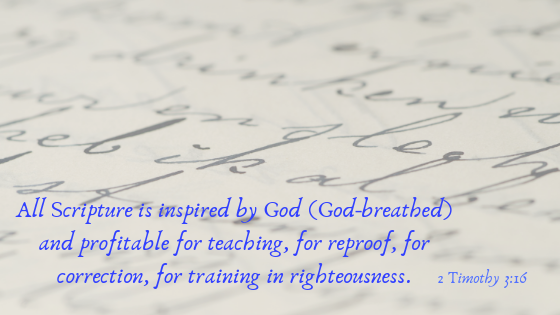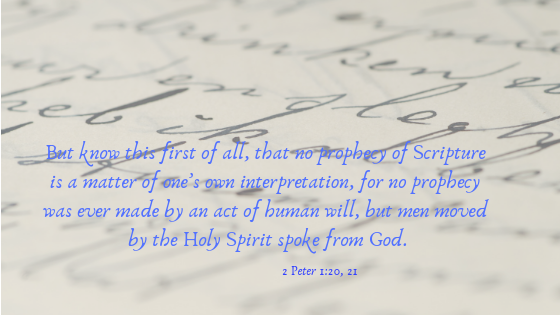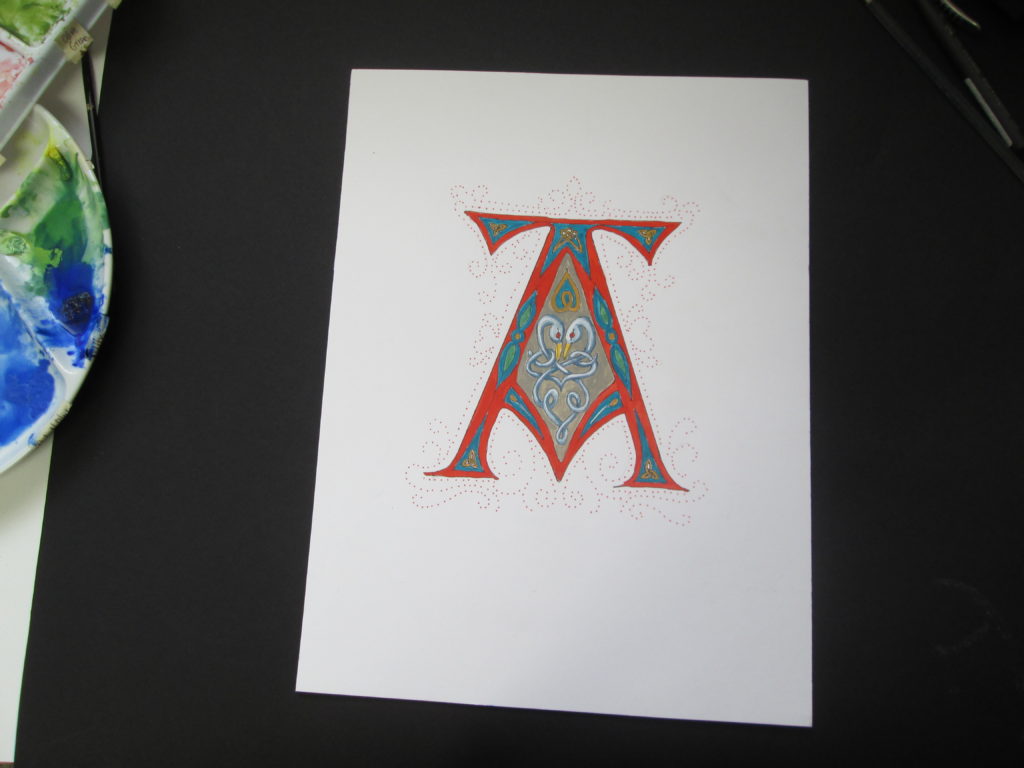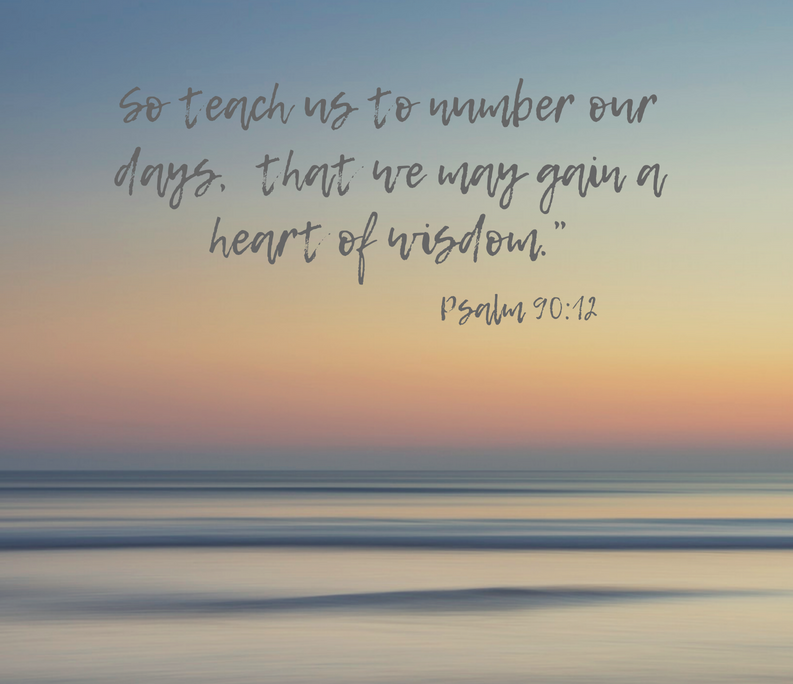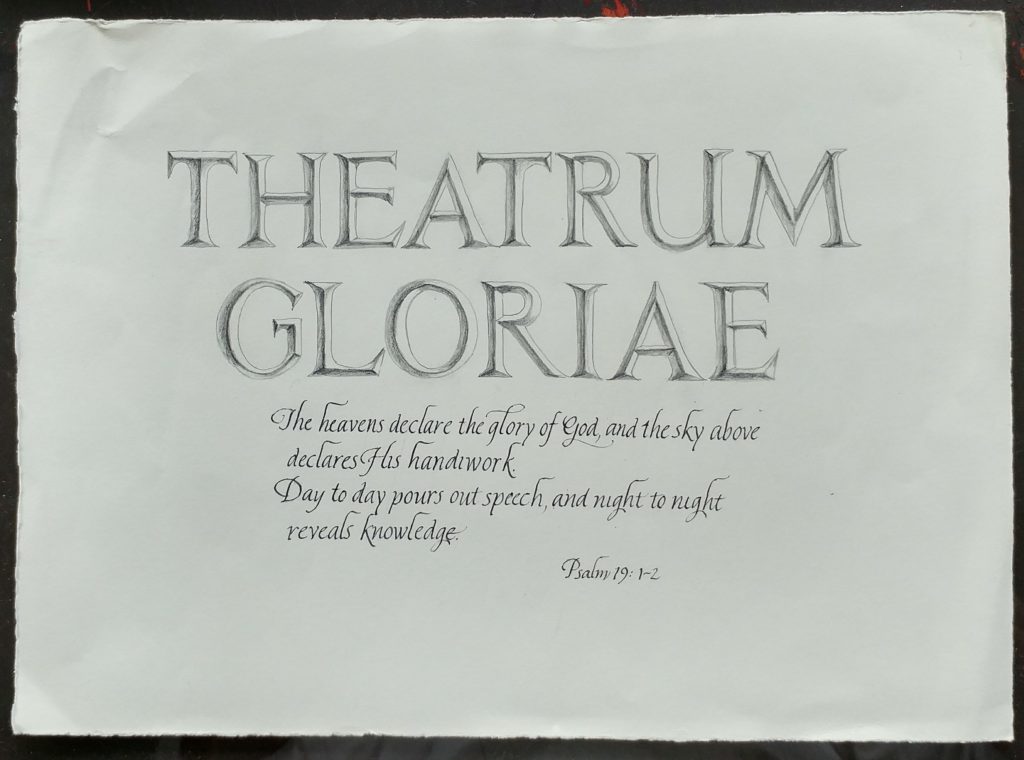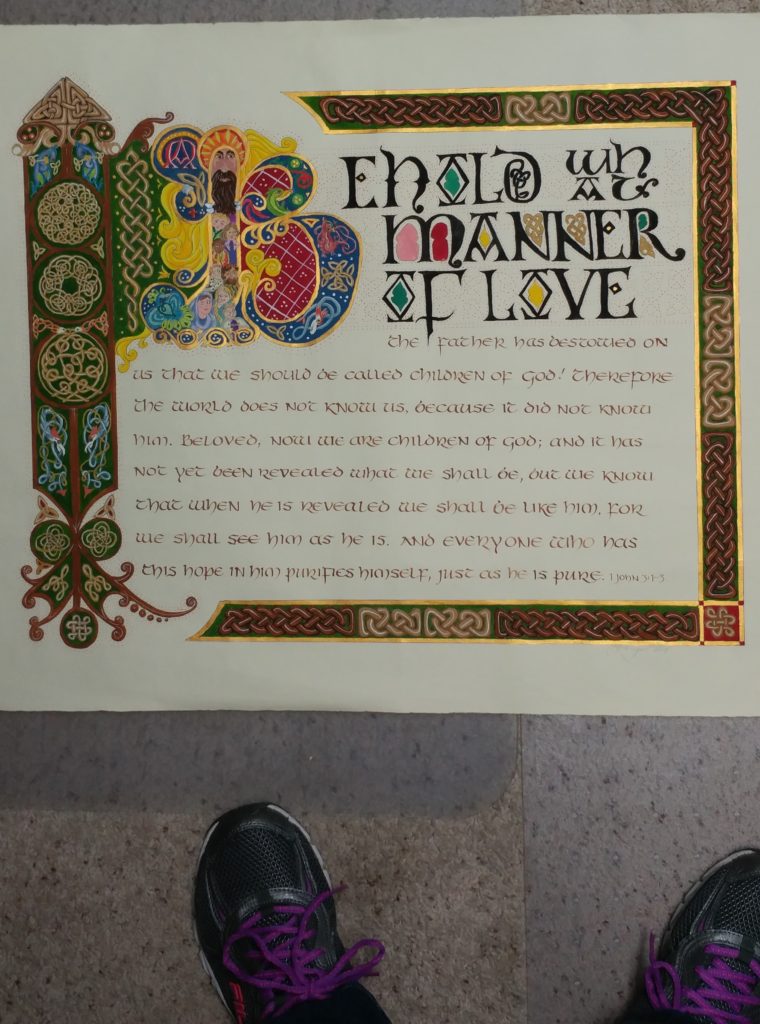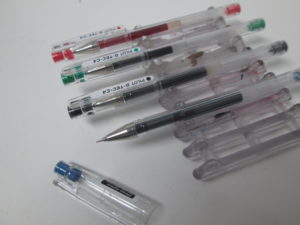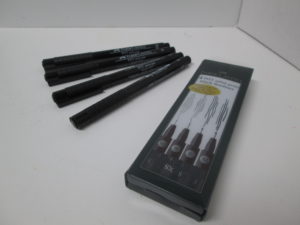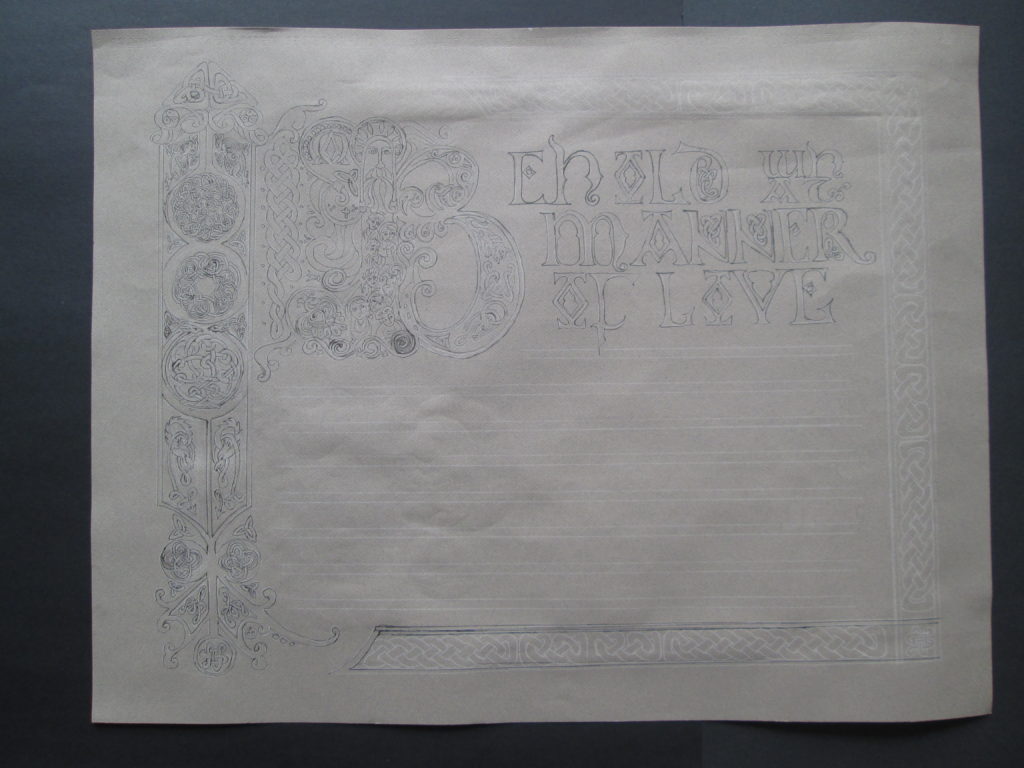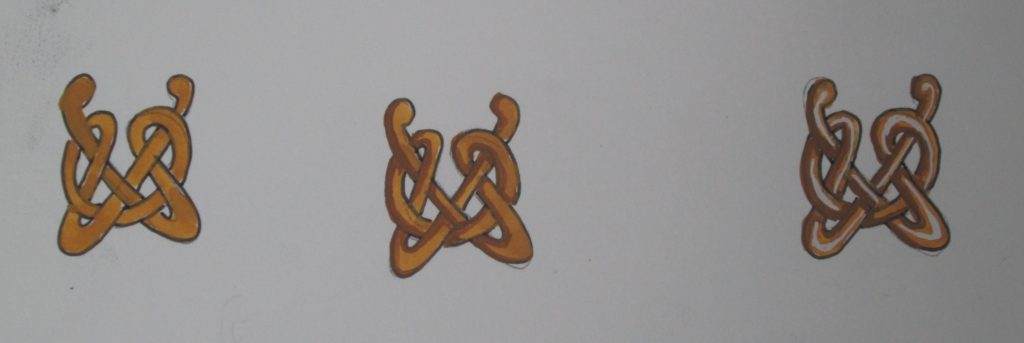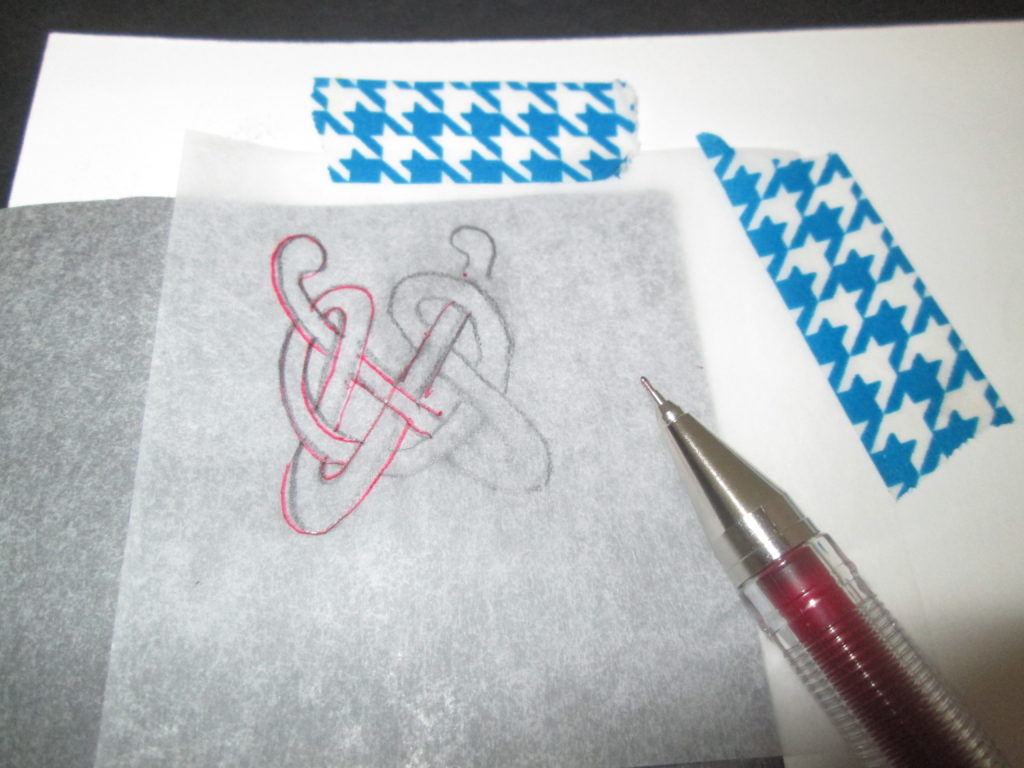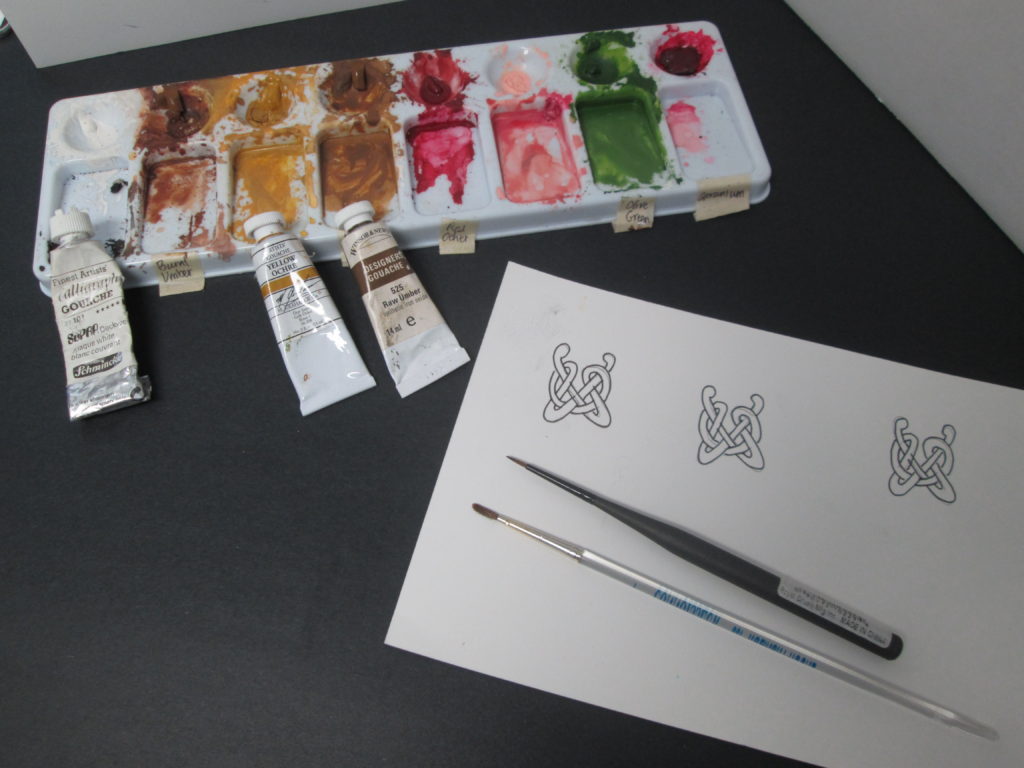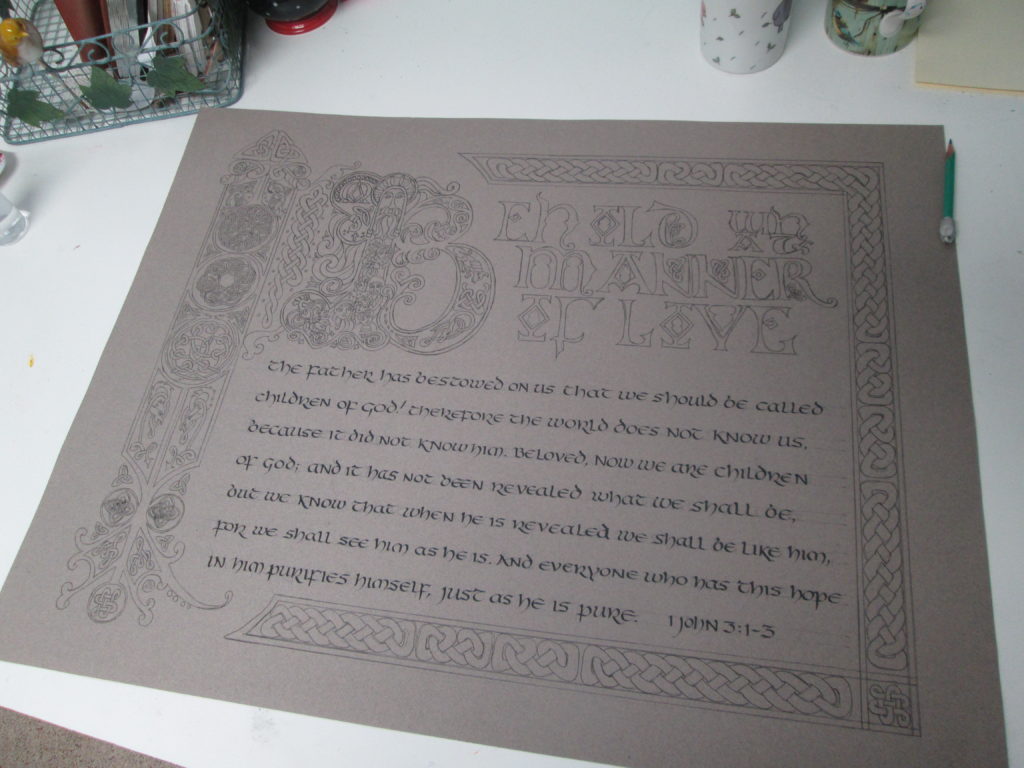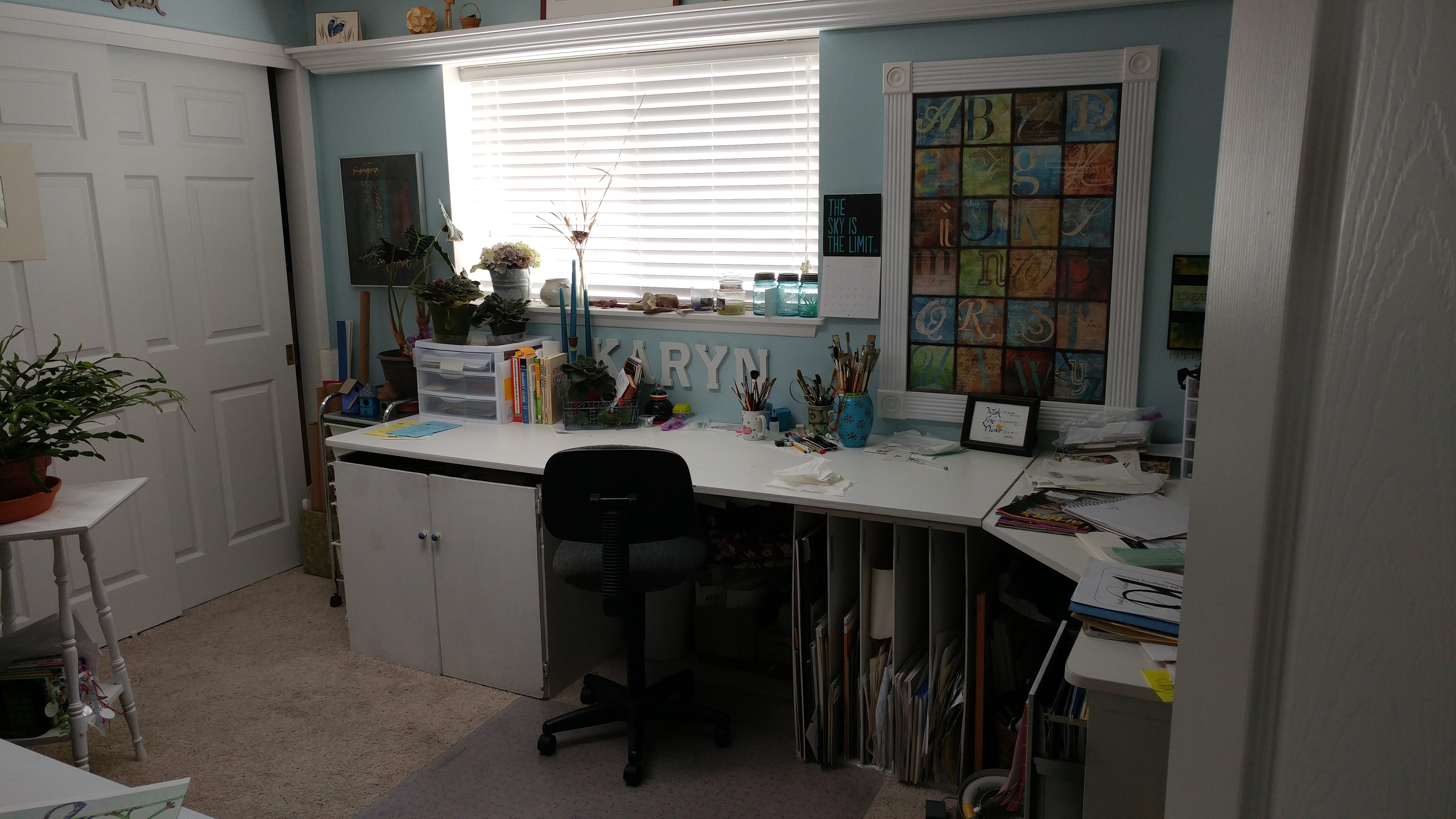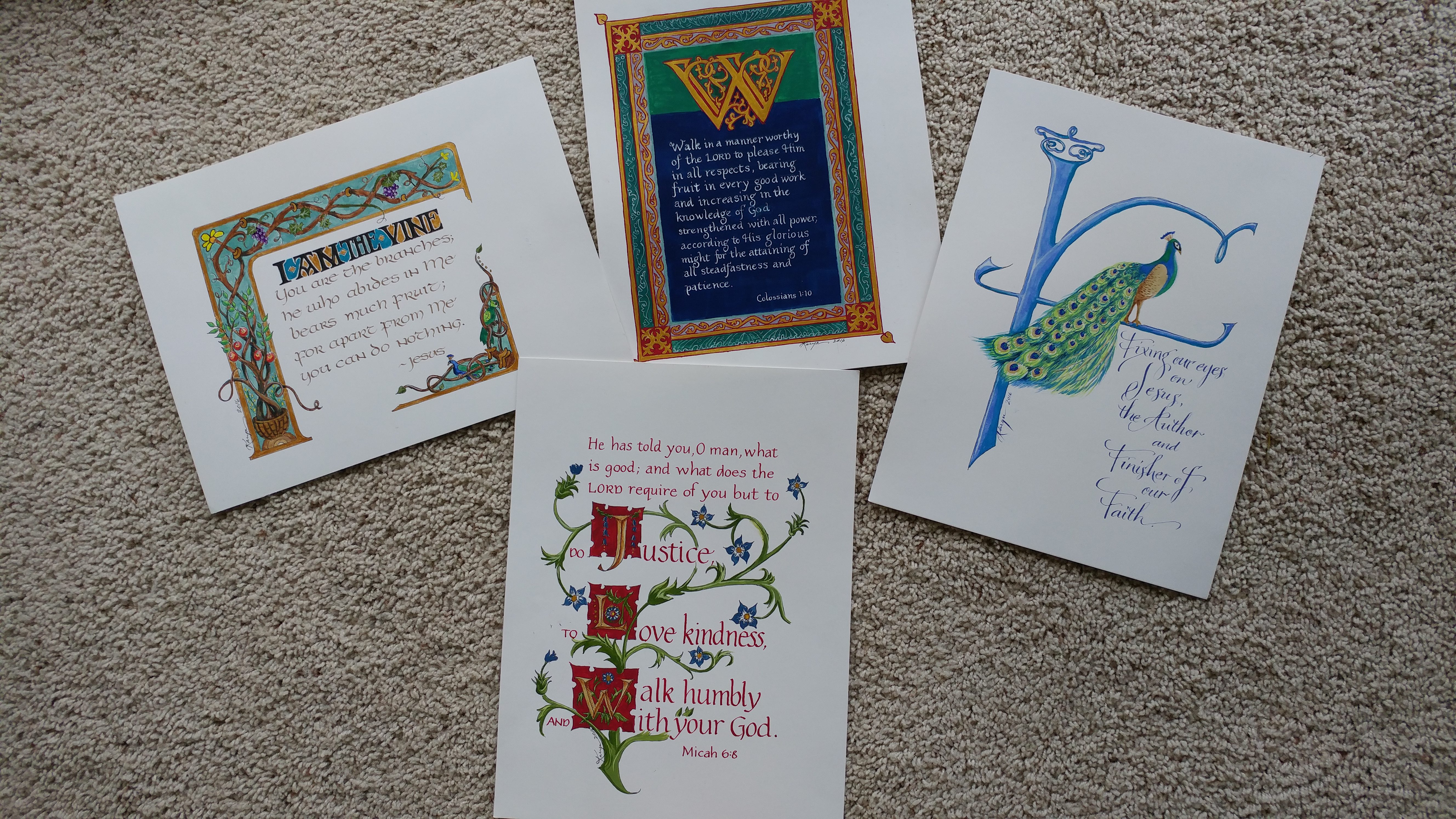Learning a hand-written alphabet requires careful focus on each mark as it is made. The shape, direction, weight and placement of each mark is critical to the letterform carrying its intended meaning. I’ve just finished a lettering workshop where I spent 2 days learning the basics of a new-to-me alphabet. It is called “Bone” lettering because the strokes and shapes of the letters resemble a bone, being widened at each end. It required careful attention and lots of work to learn the new skill of twisting my pen as I made each mark to form the letters.
This intense scrutiny of mark-making stirred me to think and remember a conversation I had years ago. “Uncle Jerry” (my son-in-law’s uncle), along with his wife, had come to Central Oregon to visit us. During the drive back to Portland Airport he pointed out that all humans are “mark-makers.” Mark making is a distinct human activity that is one of the things which distinguish humans from all other living creatures. Jerry declared that with two simple strokes he could convey his entire cosmology. Can you determine what he believes by looking at the marks?
Think of it. We communicate our thoughts to other humans using our voices to form words. Those sounds can, and usually do, correlate to marks we make to record our thoughts in a more permanent fashion. As others look at those marks, the meaning we intended is conveyed to the reader of the marks. In ancient times, the marks would be pictorial as people used sticks burned to charcoal or minerals ground to powder to create images –marks- to tell others something of importance. The hieroglyphs of ancient Egyptians, the cuneiform wedges pressed into soft clay, the inky swirls of Sanskrit brush strokes all carry meaning from the minds of those who made the marks to those who read them then and now-even after millennia have passed. Whether the marks are pictorial or letter form, the maker of the mark is sharing abstract thoughts.
Consider these marks. Any guess as to their meaning?
When I made the marks to form these words, you were able to read my marks and think what the writer of the Psalm nearly 4000 years ago thought and wrote. I was able to share what was in my mind by making marks on the paper and showing you the result. The words are ones that were in the mind of the Psalmist (probably King David) four millennia ago! And even more amazing is that the thoughts are actually the thoughts of God Himself, communicated to us—David, me and you and all other readers of this Scripture.
Because we are made in the image of God, we are beings who are able to communicate with one another. We can do this by forming and speaking words. But we can also make marks—write or draw—the thoughts of our minds and people yet unborn can and may be able to think and hear from us. God has given us His own thoughts. He actually wrote them with His finger when He delivered the tablets of the Law (the 10 Commandments) to Moses on Mt. Sinai. The Holy Spirit inspired men to write as He moved them, and thus God continued to direct the mark-making, meaning-giving, wonder of words.
Here we are, millennia after the marks were first made, able to read and know the mind of God. As we look at each mark on the page, whether on the lightweight page of a printed Bible or on the glowing screen of a phone, the meaning comes unmistakable over the ages. And if you like writing by hand as much as I do, you are able to make marks that put down those very words right there in front of yourself. God’s thoughts, your writing, and your heart’s thoughts all tied together. All because of marks!
QUESTION: Are you finding meaning in the marks on the pages of Scripture?
